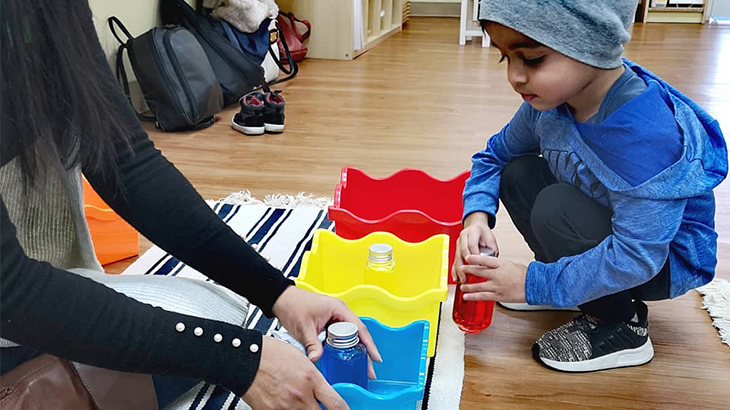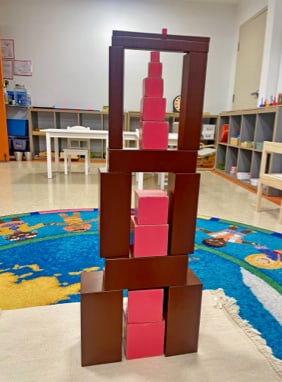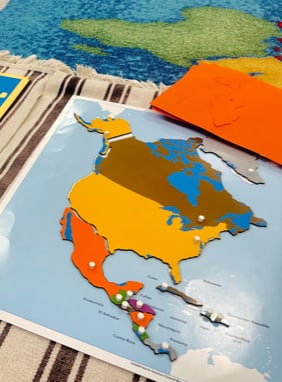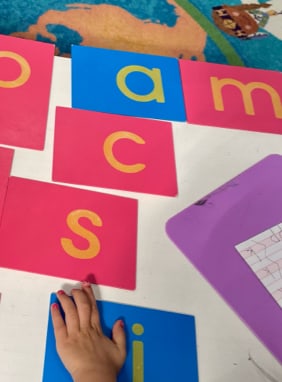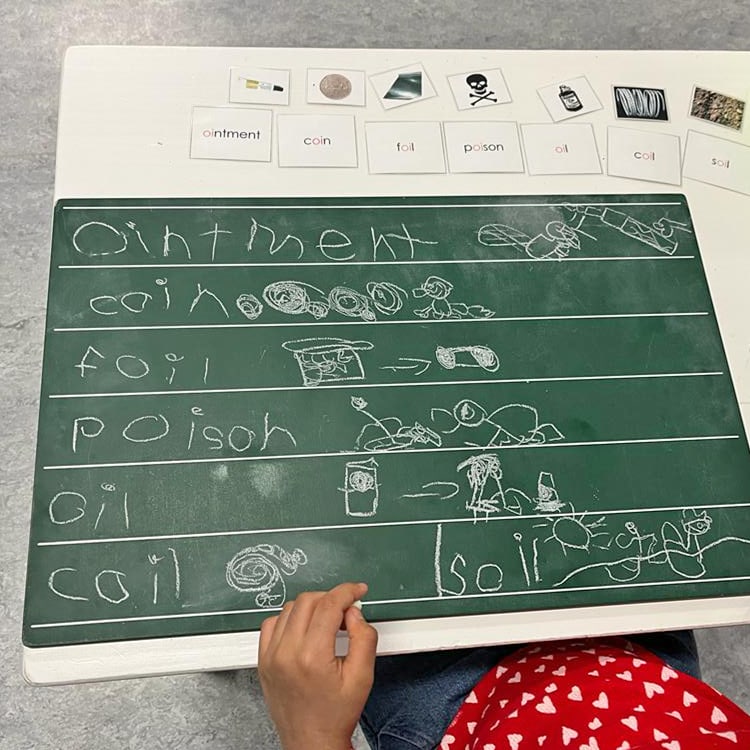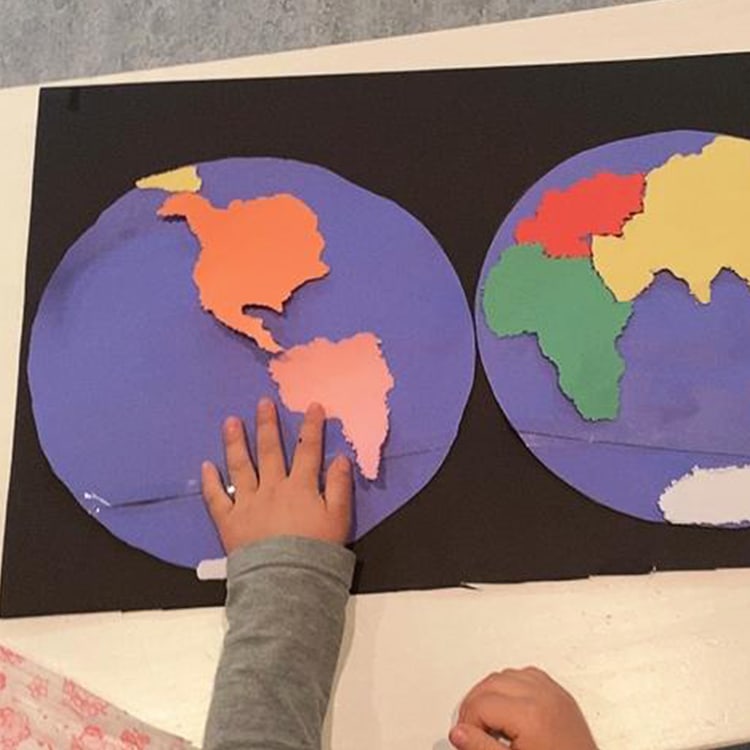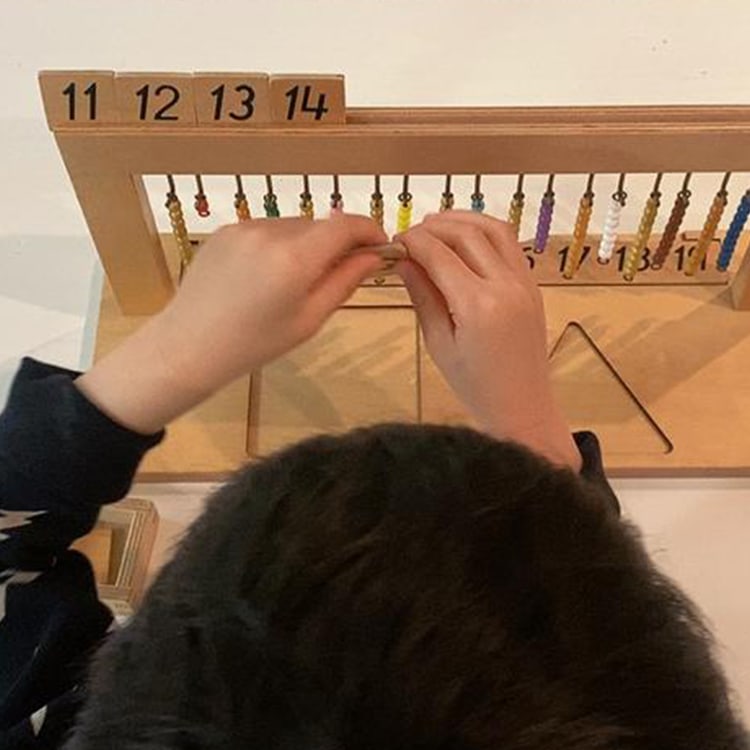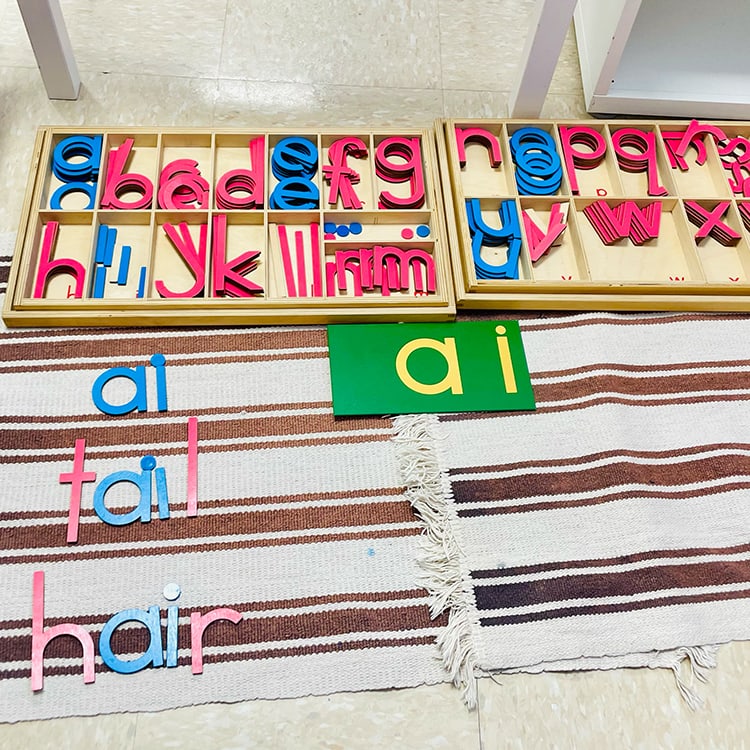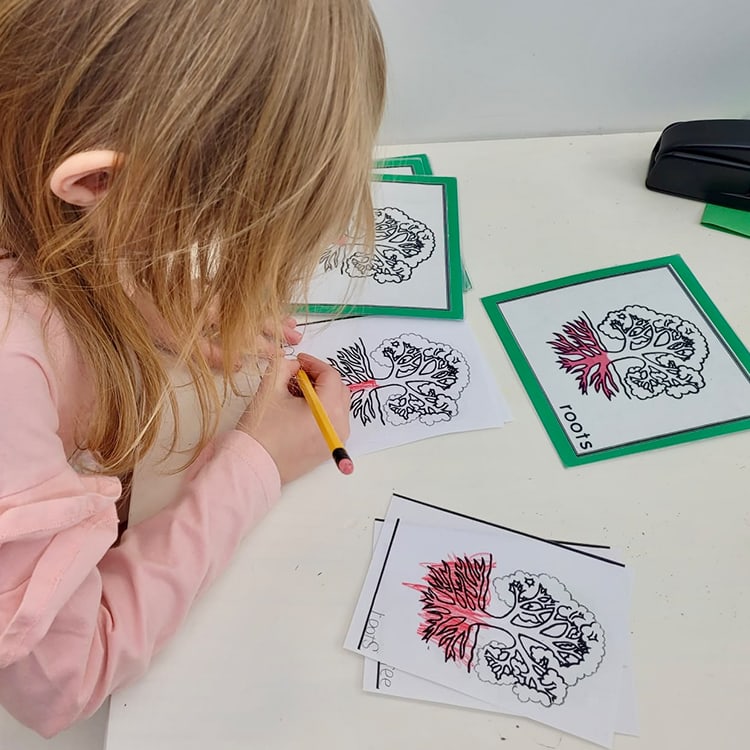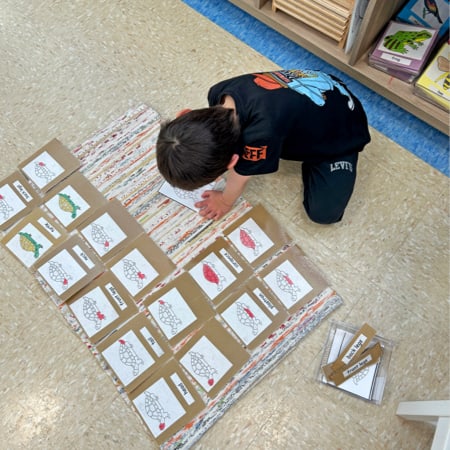On the surface the ides of “Following the Child” and “Setting Limits” might seem to be at odds, but in reality they go hand-in-hand when it comes to your child’s development. We sat down with Cathie Perolman, an experienced Montessori guide at the 3-6 level, to discuss how to balance these seemingly contradictory ideas.
Question: What Does “Following The Child” Actually Mean?
Answer: “Following the child” means letting your child take the lead regarding what they want to study and learn about. As parents and teachers it is our responsibility to allow and encourage our children to pursue their interests in ways they construct themselves.
Question: So What Might “Following The Child” Look Like?
Answer: It really depends on the age of the child in question. Young children tend to have interests that are fleeting, so “Following the Child” could be a simple as a trip to the library to get some books on a particular topic or a visit to the zoo to see a specific animal. As your child matures “Following the Child” might take the form of a class (such as a knitting class at a craft store), a week of summer camp that focuses on the topic or area they are interested in, or helping them acquire materials for a particular science experiment.
Question: How Does This Relate To Setting Limits?
Answer: Children not only need limits, they also crave them. Limits help children learn what is and is not appropriate as they grow and learn how to behave. Limits help children develop self-control, control their impulses, and create positive life habits. However, limits need to be flexible and change as the child grows so that you avoid stifling them.
What “Following the Child” does not mean is letting your child run the show and decide what you are going to do and when. If your child asks you for a toy, or some time on the iPad, it is within your parenting rights to say “no”. Giving your child what they want, whenever they want it, is not healthy for the child or for you.
Question: Can you give me an example of setting limits without stifling my child?
Answer: One example I like to use is the grocery store. When your child is young you might offer them the choice of riding in the cart or holding onto it. If the child opts to hold onto the cart but lets go and wanders off then you simply pick them up and put them in the cart, where they have to remain until the shopping is done.
A slightly older child might be responsible enough to wander a bit farther away, but you might specify that they need to stay within your view while shopping. If the child leaves your view they have to spend the rest of the shopping trip holding onto the cart, and no longer have the option to wander within your view.
For a still older child, you may feel they are responsible enough to shop wherever they please, provided they agree to either meet you at a prearranged time or contact you periodically. If the child does not follow your conditions they lose the privilege of wandering freely and will have to stay within viewing distance until you feel they are ready to try again.
Question: So “Following The Child” Actually Depends On Setting Limits?
Answer: Exactly. You allow the child to decide what interests they want to pursue, but you structure how they pursue those interests so that their activities are safe, age-appropriate, and enriching.
One thing to remember though is that while it is fine for you to share the things you love with your child in the hopes that they find those activities interesting as well it is not appropriate to force your interests upon your child.
“Following the Child” is definitely not at odds with setting limits, and in fact depends on limits to succeed. When you follow your child’s lead you let them determine their own interests, and help decide how they would like to pursue those interests to learn and grow. Setting limits not only offers children the structure they crave, but also helps them learn how to control their impulses, create positive life habits, and learn what sort of behaviour is and isn’t appropriate.
Biography:
Cathie Perolman is a Montessori educator, teacher, and publisher of educational materials. She lives in Columbia, Maryland.


